
Student Projects
VG100

Handle-controlled Ball-throwing Game Car
Instructors: Dr. Mian Li, Dr. Irene Wei
Team Members: Danli Shi, Huiyu Su, Keyan Chen, Rongzhen Jiang, Zhiyuan Sun
Project Video
Team Members
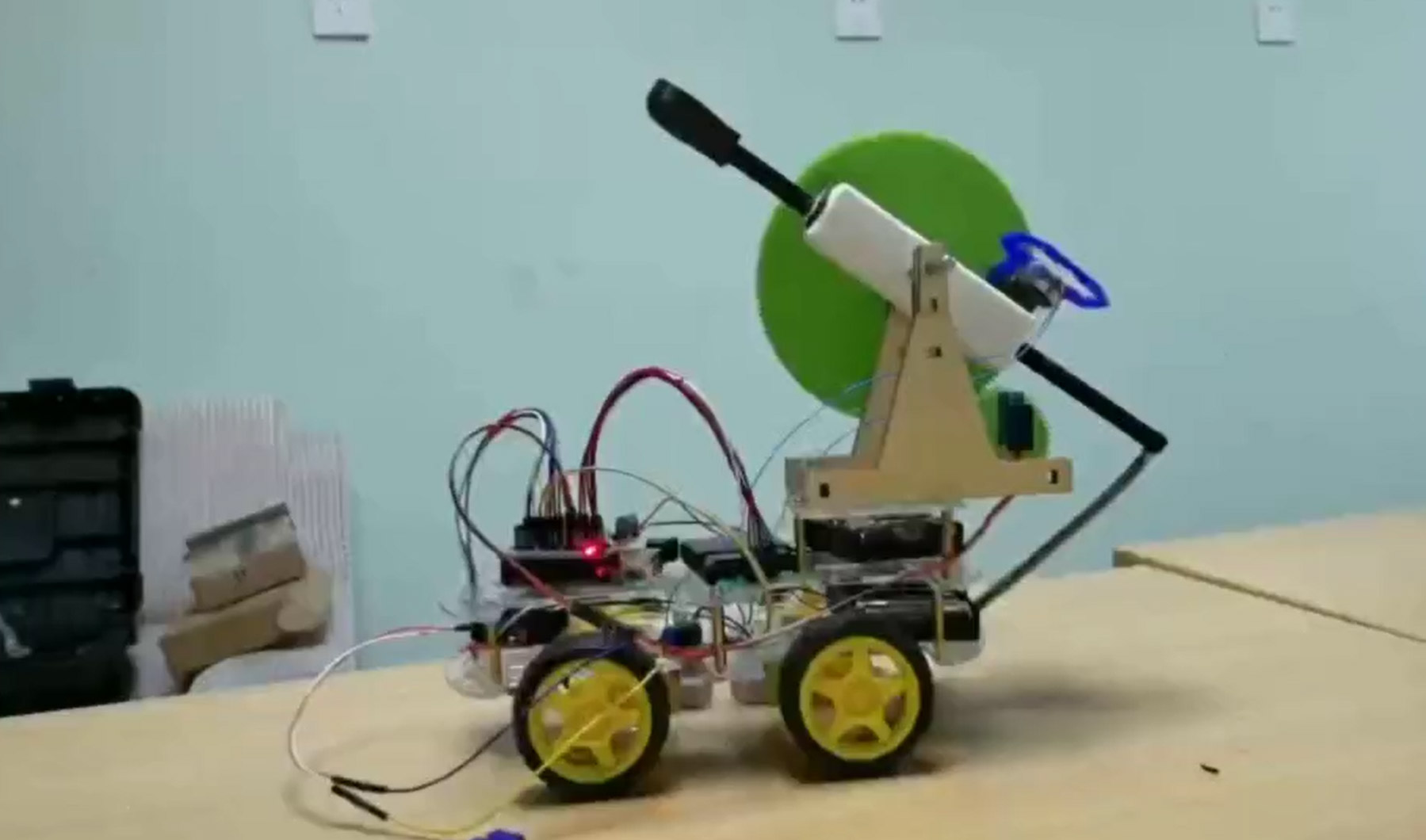
Team Members:
Danli Shi, Huiyu Su, Keyan Chen, Rongzhen Jiang, Zhiyuan Sun
Instructors:
Dr. Mian Li, Dr. Irene Wei
Project Description
Problem
With the popularization of the computer technology, much more can be done in the screen. The young are obsessed with the virtual games, which results in gradual disappearing of the traditional ways of entertaining that are touchable by the hand.
Concept Generation
The goal of our project is to make a ball-throwing car controlled by Bluetooth handle. We will use the steering gear to control the angle of the rod, while the release device is controlled by electromagnet. Since the materials cost less, everyone can afford to have a fresh and competitive gaming experience.
Design Description
Handle-controlled ball-throwing small car is our final solution. On hardware, the main structure of the product is a two-level four-wheeler, with throwing arms driven by gear to create the build-up and release of the throw. On the software, we use the handle to accomplish the movement of the car as well as throwing’s build-up and release, then we can put ball into the throwing arm and use handle to throw them.
Then we come to the game design part. The playground for the game is shown below. The car will move in the green area within users’ controll, while the ball throwed from the car will first hit the yellow area which contains symbols, and next hit the green or blue part which contained random numbers. Finally, the result will be calculated with the things we’ve got above and be compared to decide the winner.
Then we come to the game design part. The playground for the game is shown below. The car will move in the green area within users’ controll, while the ball throwed from the car will first hit the yellow area which contains symbols, and next hit the green or blue part which contained random numbers. Finally, the result will be calculated with the things we’ve got above and be compared to decide the winner.
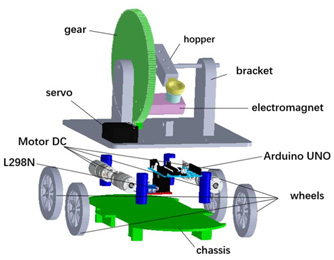
Fig.1 The structure of the ball-throwing car
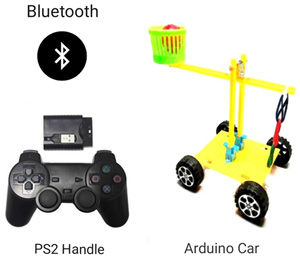
Fig.2 The composition of the gaming system
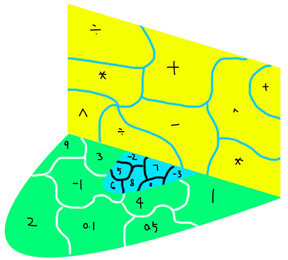
Fig.3 The Game Playground
Modeling and Analysis
The modeling and analysis of our solution requires the following steps: First, to release the throwing arm quickly when using, we use electro-magnet to control the arm’s release after analysis. To make the controlling part clear and convenient, we use a gear with the electromagnet to connect the arm, and a steering engine to control the swirling of the gear and the throwing arm. Then we use handle to control the steering engine, electromagnet and the move- -ment of the car as well. We’ve also designed the game content and props.
Validation
We carried out an intra-group game with the car to test its performance.
We found that this car could cover all areas by moving and adjusting the angle, and we could know our scores through simple calculation within our expectation for the targeted group children. Our system works well, but the results are qualitative, so we need to test more samples to gain quantit- -ive ones as to calibrate the system.
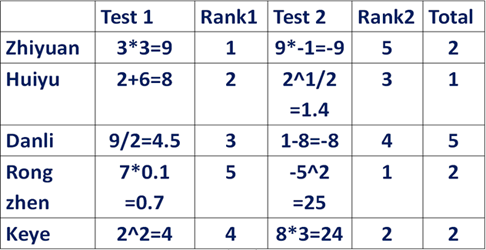
Table 1: Sample Game Score Results
Conclusion
The project combines the handstick and the ball-throwing car together and focuses on the problem that children today are losing interest in physical toys and games. The combination of the game rule and the car as well as the handstick can gives the player the best playing experience. Our possible improvements are to develop more games that can interact with the vehicle and designing a more attractive exterior for the car.
Acknowledgement
Dr. Mian Li and Dr. Irene Wei from the UM-SJTU Joint Institute;
Teaching Assistants Hanyang Feng, Fubo Qi, Sheng Qiao, Xiaoxuan Wang for VG100 at UM-SJTU Joint Institute.
Teaching Assistants Hanyang Feng, Fubo Qi, Sheng Qiao, Xiaoxuan Wang for VG100 at UM-SJTU Joint Institute.
More project information, please contact: bonny.su@sjtu.edu.cn
UM-SJTU JOINT INSTITUTE